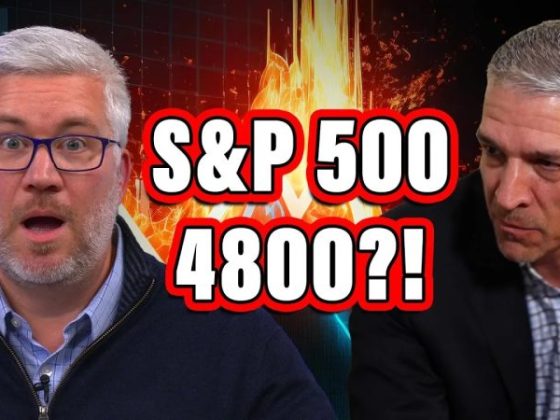In recent times, the term Market Looks Toppy has earned significant attention within the financial sector, specifically among investors and analysts. The phrase implies that the market has reached a point where it appears to have maxed out its boom cycle, peaking at its current value, and is about to enter into a downturn. Understanding this concept requires a deep dive into its meaning, implications, and how it manifests in real-world scenarios.
First and foremost, it is essential to comprehend the implications of a market looking toppy. In general, this condition occurs when the stock indexes approach their all-time highs, and the participating stocks seem overvalued. Key indicators of an overvalued market can include high Price-to-Earnings (P/E) ratios, high Price-to-Sales ratios, swift price increases, and an overwhelming sense of optimism among investors. However, there is no universally accepted ‘top’ threshold for these indicators, making it subjective and difficult to accurately predict the market top.
The volatility index (VIX) often serves as a critical factor in identifying whether the market is toppy or not. The VIX can indicate investor sentiment and market volatility. An upward trend in the VIX could suggest uncertainty and fear among investors, which may signal a potential market top.
Another sign can be increasing margin debts. Investors often borrow money to buy more stocks, speculating that the market will continue to rise. If the amount of this margin debt increases significantly, it can indicate an overheated market. In this case, even a minor market downturn can trigger calls for extra collateral on those loans, putting downward pressure on stock prices.
It would be pivotal to highlight certain skeptical aspects of this concept, particularly its predictive value. Several economic elements and market variables can impact whether a market that appears toppy actually descends into a downturn. Consequently, even a market that looks toppy might continue its upward streak for a significant length of time, defying predictions.
Investors and traders who believe the market looks toppy often react in a variety of ways, depending on their strategy and risk tolerance. More conservative investors might consolidate their positions or move into more defensive stocks, while aggressive traders could short sell the market, betting on a potential downturn.
However, every reaction carries potential risks. For instance, an investor pulling out of an apparently toppy market could potentially lose out on further gains if the market continues its ascendant trajectory. On the other hand, speculating on a market downturn can lead to significant losses if the market does not fall. Therefore, careful decision-making based on a balanced view of the available information should be an investor’s top priority.
In essence, the notion that the market looks toppy suggests a potential turning point in the market cycle. However, as a merely suggestive observation, there could be disparate outcomes to this projection. A well-informed investor, fully aware of the signs of a toppy market and factoring in the associated risks, can maneuver through such turbid moments in the market, minimizing exposure to potential pitfalls and making the best of the opportunity inherent in market uncertainties.











